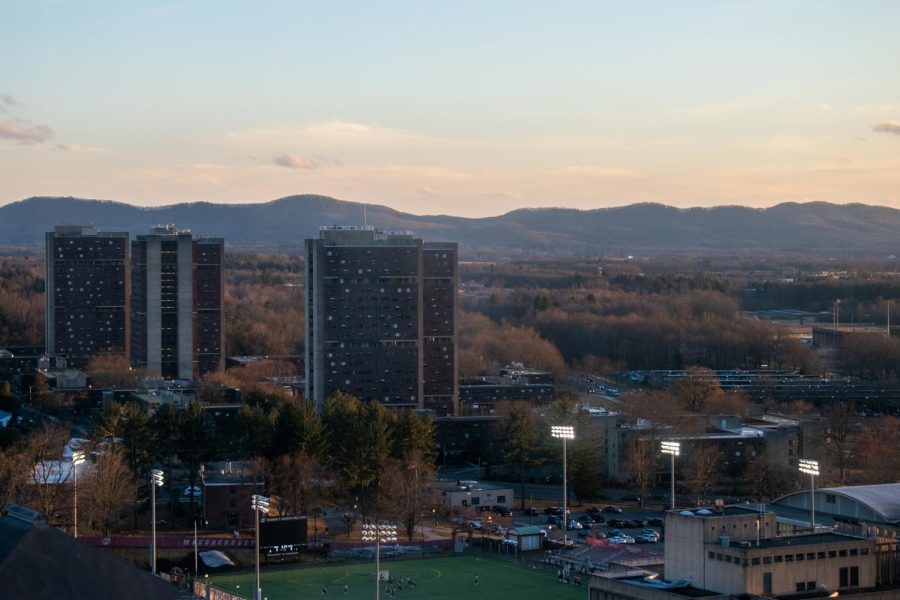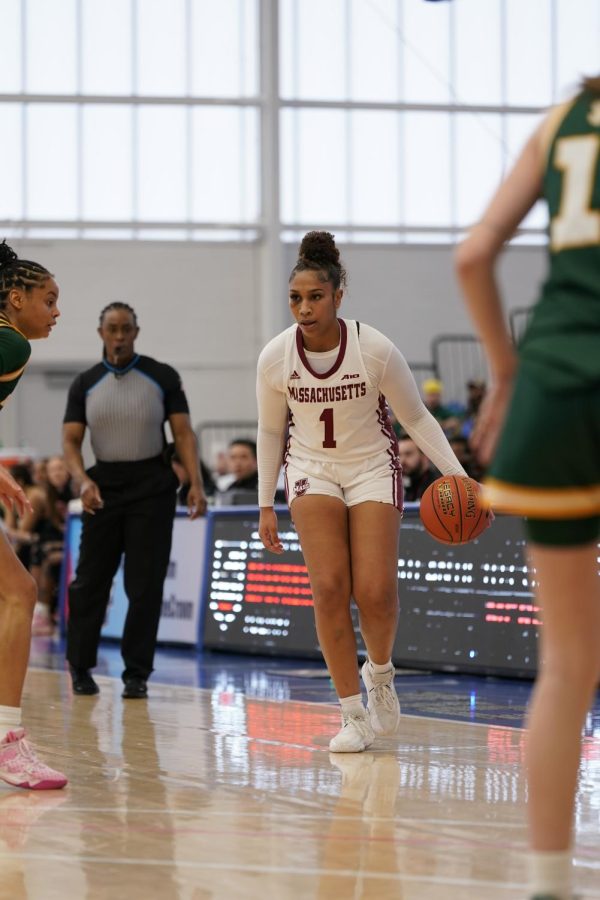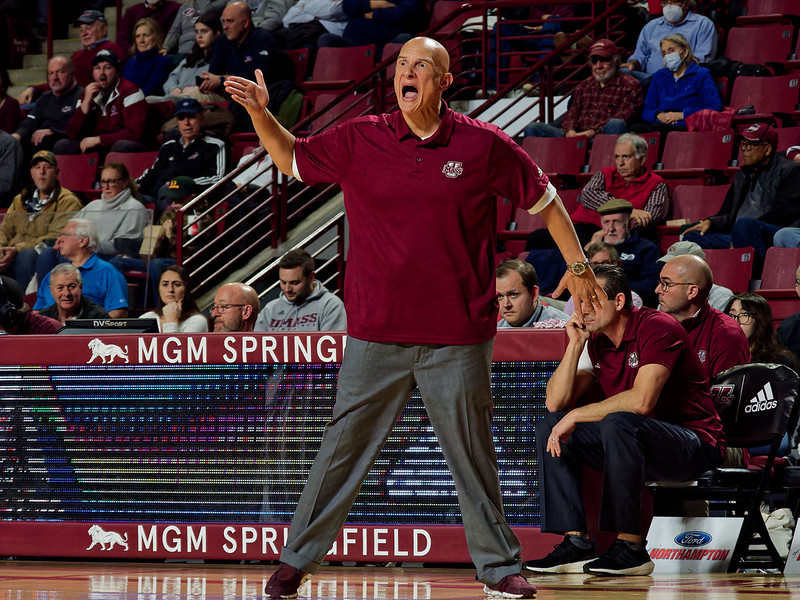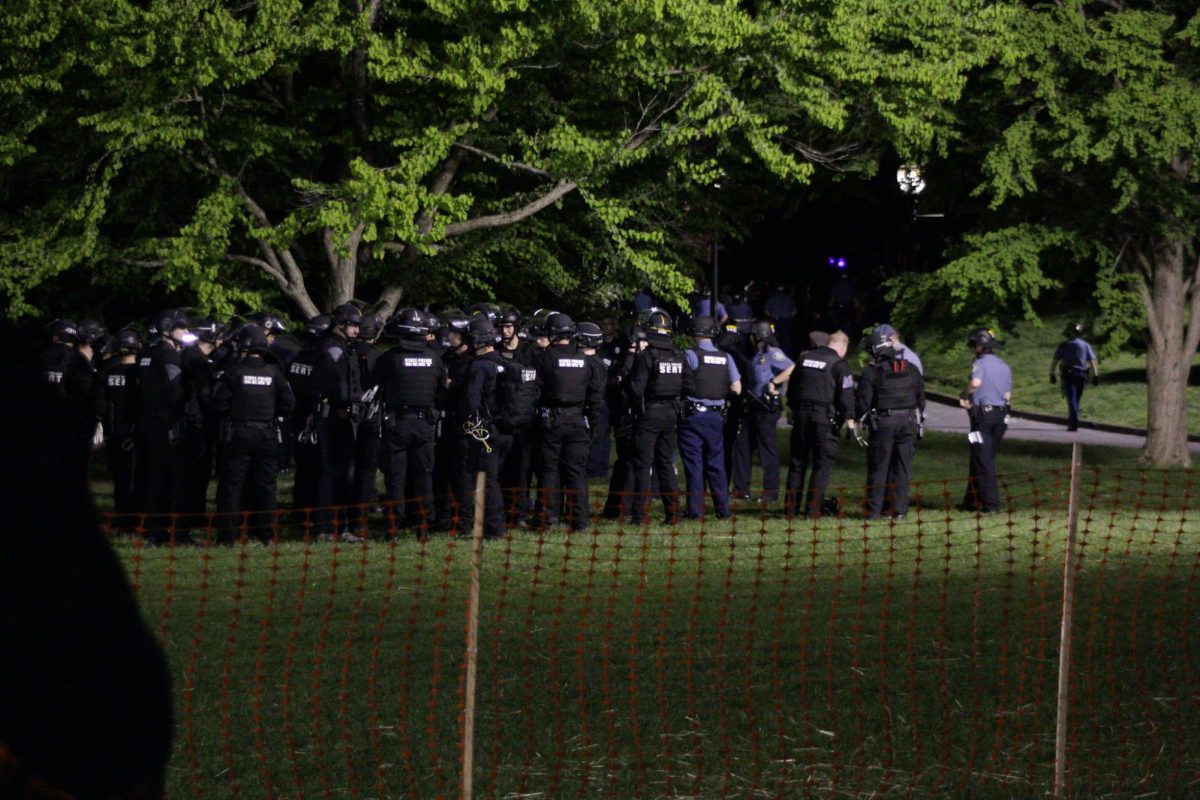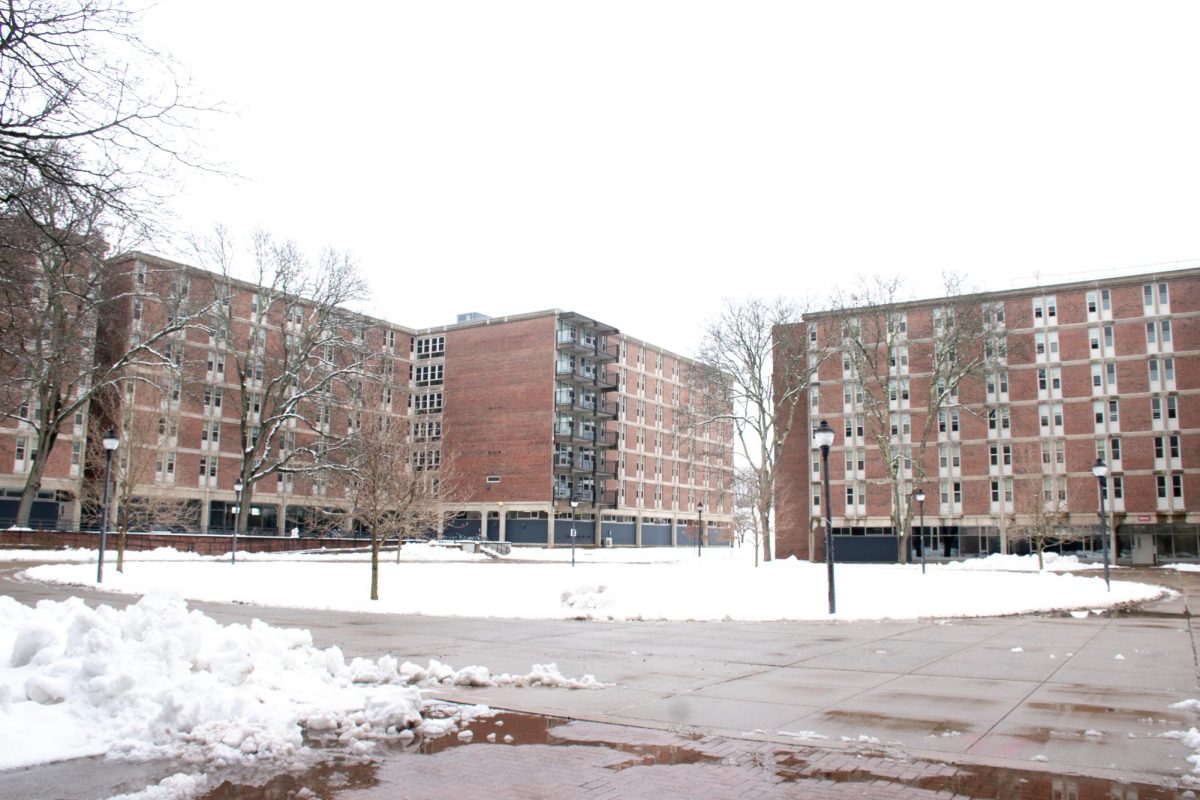People get a lot of interesting things shipped to the Residential Service Desks on campus — a Tide Pods container painted to look like a carved pumpkin, a 60-pound duffel bag, a loose coconut.
But most of the time, indistinguishable packages arrive from Amazon, vastly more than any other retailer. Amazon delivers hundreds of millions of packages around the world every month.
At any given time, between 100 and 200 packages line the shelves of the Commonwealth Honors College RSD, and the stock turns over every few days. If this is true of one RSD, at one university, imagine how much cardboard and plastic packaging around the world is tossed away after a single use.
Though the ability to order items online, including medications and other necessities, and get them shipped a short walk away from your dorm room is an important service, students should think twice before mindlessly ordering from Amazon.
No individual delivery is driving climate change, but your choices matter. The convenience of ordering standard, non-essential items online often doesn’t offset the waste you’re creating.
The amount of packaging delivered daily has a noticeable effect at the recycling plant. In 2017, Robert Reed, a spokesperson for Recology, told CNBC that the rise in amount of recycled cardboard boxes changed the color of the material collected at the facility.
“It used to be grayish, like the color of newspapers and magazines,” Reed said. “And now it’s browner or cardboard in color, from all these boxes,”
The increase in cardboard usage is a problem Amazon itself recognizes as well. As of 2020, the company said it reduced the amount of packaging used per shipment by a third over the previous five years, saving the equivalent of 1.6 billion boxes. This is great, but the padded mailers Amazon uses instead, one of the most common types of packaging delivered to the RSD, are not eligible for curbside recycling.
The company introduced artificial intelligence to tell warehouse workers when to use a mailer instead of a box, utilizing customer data to understand when an item is under or overpacked. I see this problem often, when what looks like a single pad of Post-it Notes is delivered in a giant envelope.
The use of AI allows retailers to algorithmically change online prices according to competitors’ prices and supply and demand. People don’t know how much household items cost anymore, the New York Times reported in February because prices online can vary so much.
Amazon also allows shoppers to delay the delivery of an item, so it’s shipped in the same box as another, but in my experience, items are still delivered packed separately. It’s easy to assume your single Amazon order is coming from the same place, but when items are coming from facilities around the country, one online shopping cart usually means multiple boxes.
Not only does excessive ordering create waste, it delays the delivery of essential items on campus, especially at the beginning of the year. UMass reports its RSDs distributed over 60,000 packages in the first four weeks of the fall 2019 semester.
“At our busiest location,” the University’s website reads. “We had up to nine people working at any one time to get packages out to students, and despite our best efforts students experienced extreme delays in receiving items essential to academic success, like textbooks and iClickers.”
The easiest way to speed up your delivery of small, everyday items — pens, soap, socks, batteries — is to go to the store and buy them yourself. If you’re able, don’t rely on delivery, no matter how convenient it is.
Ahead of Earth Day this year, consider taking a short bus ride to buy items in person, rather than ordering online. And when you do have leftover packaging, make sure to recycle what you can and save boxes for future returns. The planet, and your local RSD worker, will thank you.
Catherine Hurley can be reached at [email protected] and followed on Twitter @cath_hurley.

